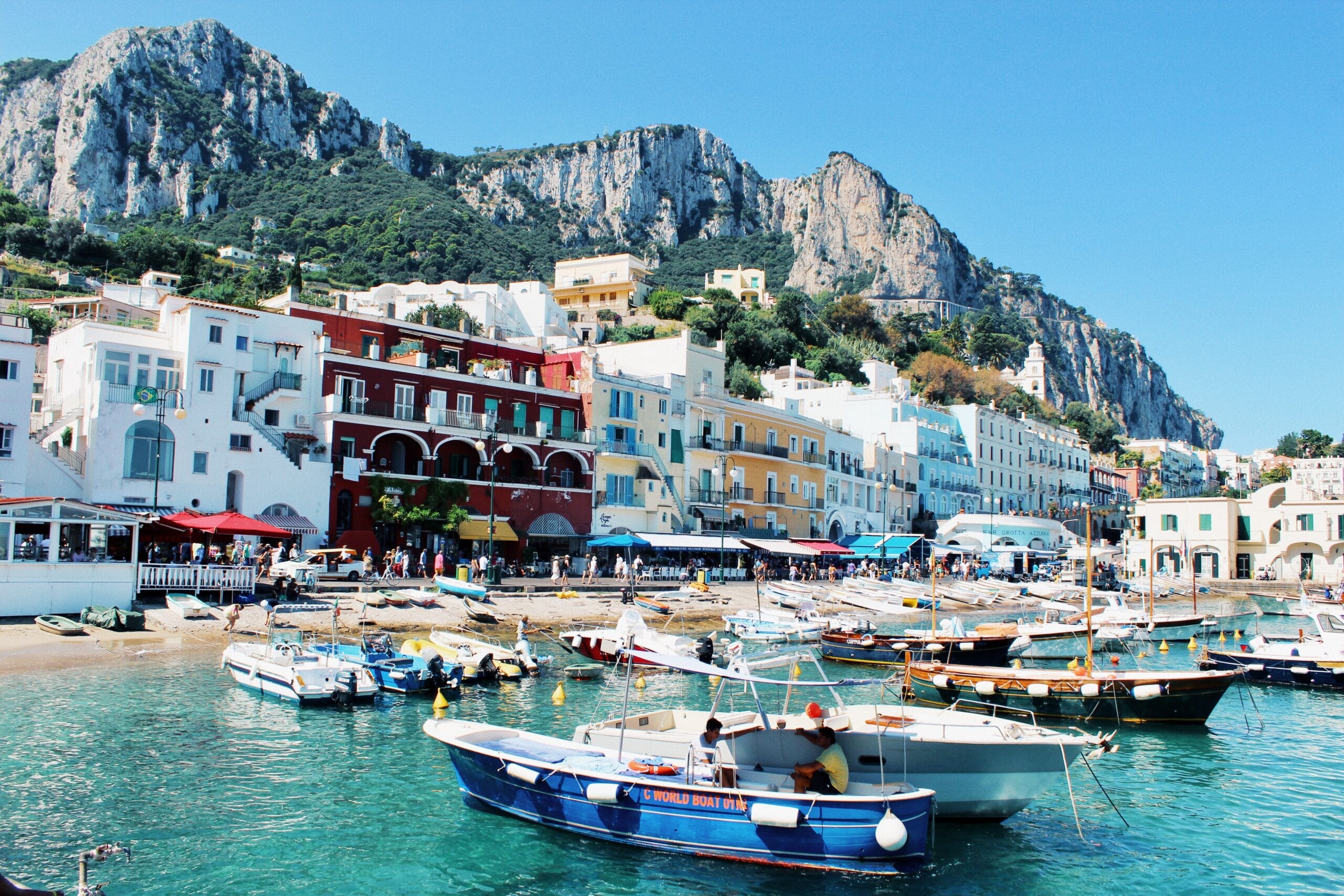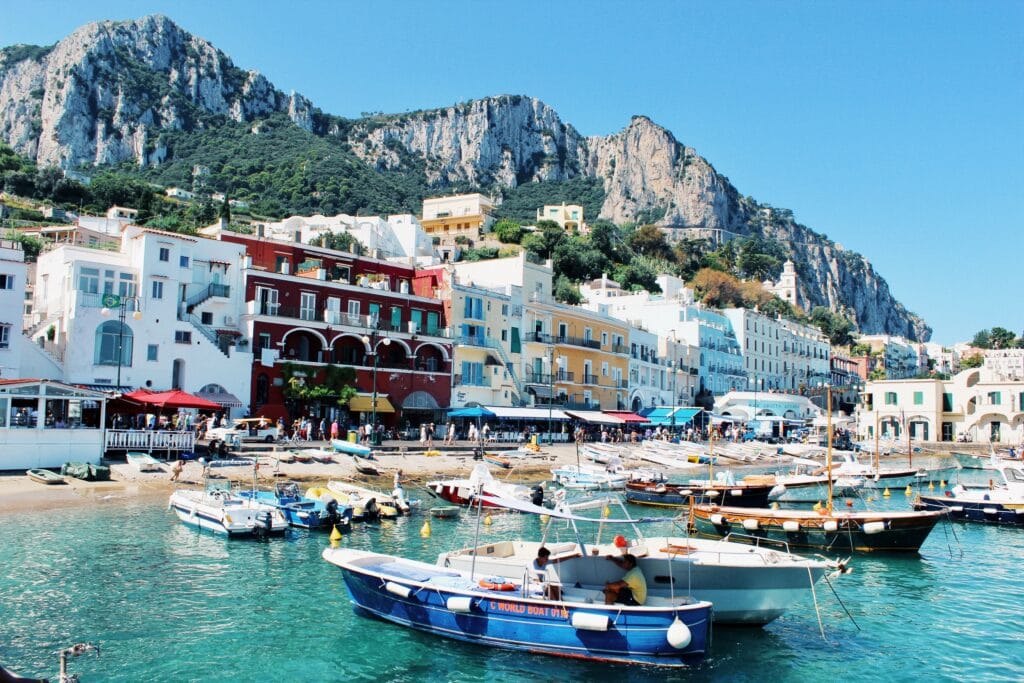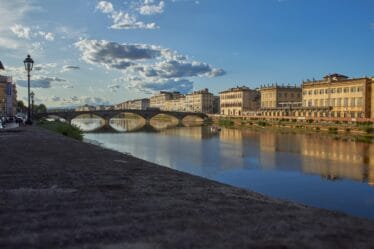

Introduction
In this article, we’ll explore the fascinating Roman history of Capri through the lens of Imperial Capri Eternal Legacy, a story that reveals how the island became one of the most exclusive retreats of the ancient world.
Imperial Capri Eternal Legacy
Augustus Arrives on the Island
In 29 B.C., Octavian — the future first emperor Augustus — returned from the East and landed right here, in Capri. Instantly captivated by its beauty, he decided to annex the island to Roman territory and make it his personal property.
And honestly, not a bad choice for a private imperial residence, right?
Moreover, in exchange, Augustus assigned Ischia to the control of Neapolis (modern-day Naples). A fair trade, one could say: Capri for Ischia.
For further reading on Augustus’ life, you may check:
– https://www.britannica.com/biography/Augustus
Imperial Capri Eternal Legacy
Capri Becomes a Roman Oasis
During Roman rule, Capri was transformed dramatically. Villas, gardens, baths, aqueducts, and sophisticated water-supply systems turned the island into a true private Roman paradise.
Most famously, Emperor Tiberius built 12 villas on the island, ideally dedicated to different divinities. Yet the largest, the grandest, and the most impressive of all was Villa Jovis.
For a virtual exploration of Villa Jovis:
– https://artsandculture.google.com/story/villa-jovis-capri
Villa Jovis: A Fortress Above the Sea Imperial Capri Eternal Legacy
As its name suggests, Villa Jovis was dedicated to Jupiter. It rose like a fortress on a promontory perched above the sea, at an incredible height. This imposing rock cliff is known as Tiberius’ Leap, about 300 meters high, named after the ancient legend that the emperor would throw traitors and enemies from above as ultimate punishment.
Entering this area, you would find the imperial quarters and the administrative rooms. One can easily imagine Tiberius walking through these halls, overseeing the empire from a distance. In modern terms, he was essentially running Rome remotely — from paradise.
More info on Tiberius:
– https://www.britannica.com/biography/Tiberius-Roman-emperor
Life on the Island During Tiberius’ Rule
Here Tiberius had everything:
– quarters for servants,
– a large peristyle,
– an impressive exedra overlooking the Gulf of Naples — or more precisely, Sorrento.
You can picture him enjoying the fresh air, watching the boats arriving each morning — maybe even expecting sfogliatelle to be delivered from the mainland. And truly, who could blame him?
High above the sea, pampered, surrounded by goats (the very animals that gave the island its name: Capre → Capri).
To learn more about Capri’s history:
– https://www.capri.com/en/history
Imperial Capri Eternal Legacy
Why Did Tiberius Choose Capri?
Tiberius spent the last ten years of his life on Capri (from 27 to 37 A.D.) before moving to Miseno, where he died.
But why Capri?
Well, there are several possibilities:
– maybe the island made him feel secure,
– maybe its natural defenses were ideal,
– or perhaps the mild climate and strategic position attracted him,
– or maybe it retained the emotional charm Augustus had felt earlier,
– or, most simply, he might have just wanted peace.
For more on Roman archaeology:
– https://www.ancient.eu



